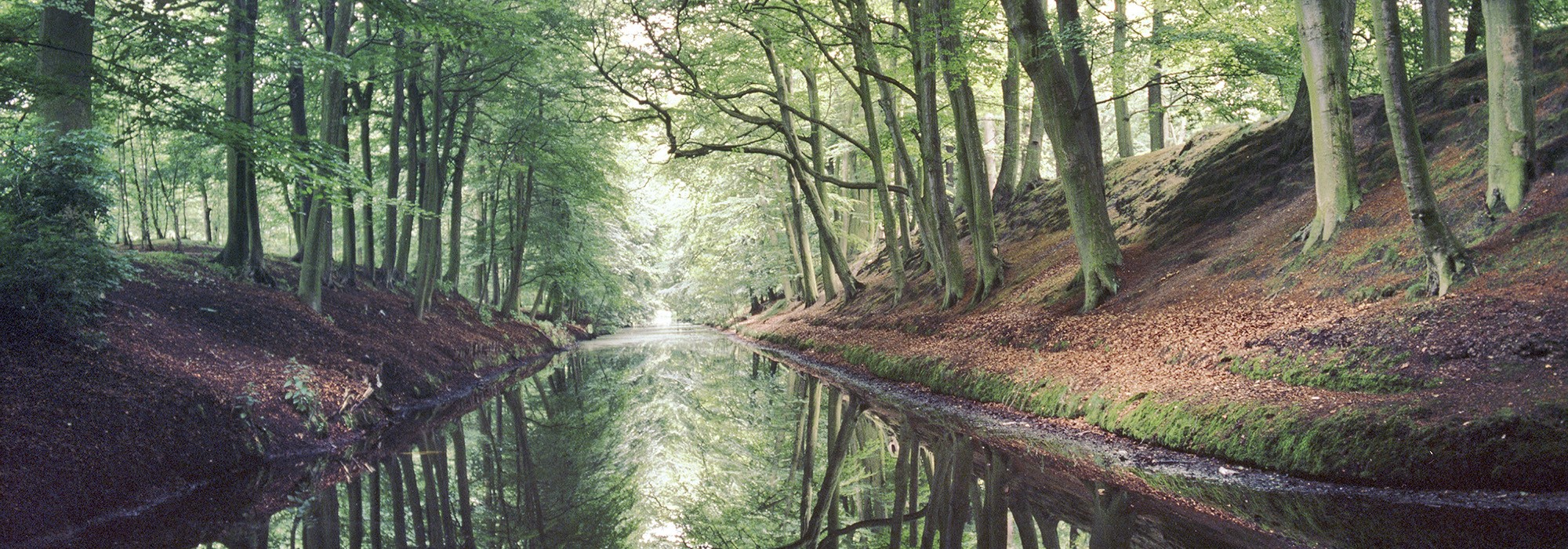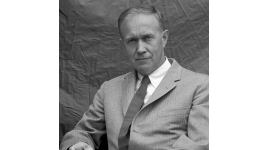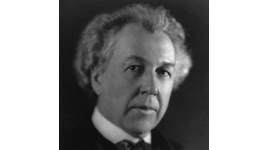Arthur Edwin Bye, Jr. Biography
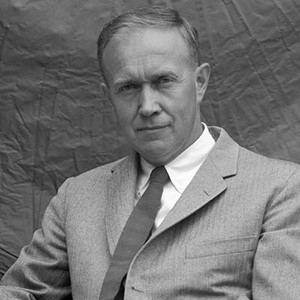
Arthur Edwin Bye, Jr., (1919-2001) known as Ed, was born in Arnhem, Holland, on August 25, 1919, and immigrated to the United States with his family as a child. The youngest of four children, Bye’s parents divorced when he was a young teen, after which he went to live in Pennsylvania with his mother who studied art and encouraged her children to develop an awareness and interest in the subject. Bye’s father was a professor of art history who taught at a number of colleges, including Swarthmore, Vassar, and Lafayette, among others. Bye spent several summers on his aunts’ estate near Oosterbeek, Holland. He enjoyed exploring the fields and forests of both places, an avocation which he continued while a student at the George School in Pennsylvania. Bye was encouraged to study forestry in college based on this interest.
Bye matriculated at the Pennsylvania State College, but lacking the prerequisites to study forestry, he entered the landscape architecture program. He was influenced by the course textbook, An Introduction to the Study of Landscape Design by Henry Vincent Hubbard and Theodora Kimball, particularly the chapters that focused on the designer’s need to understand natural systems in order to create compositions that capitalize on nature’s aesthetic unity. Through art history courses he also discovered the organic architecture of Frank Lloyd Wright, and visited many of Wrights projects in Illinois and Pennsylvania.
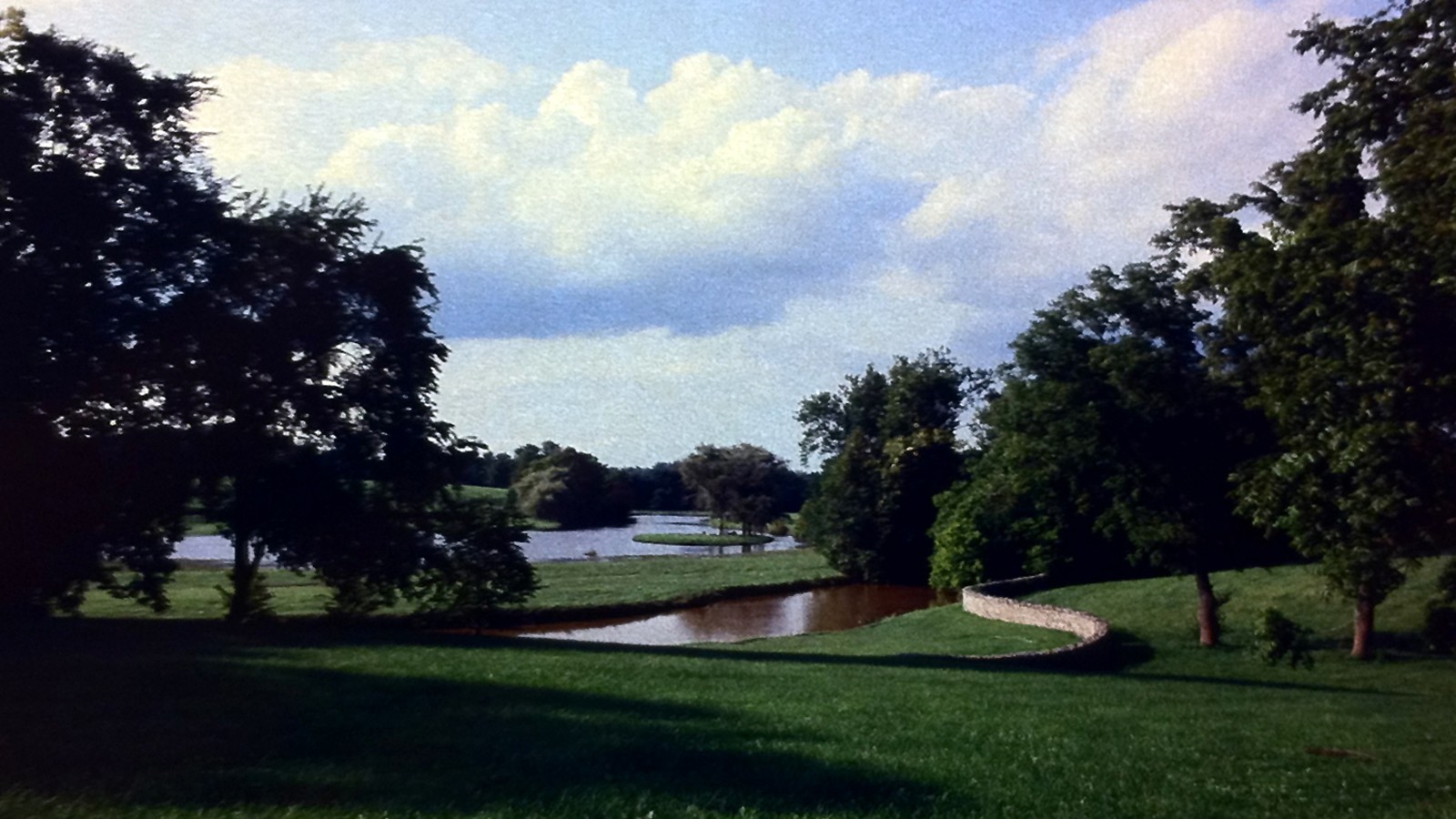
Graduating in 1942, Bye worked first with the National Park Service and then with the National Forest Service. In 1946, he moved to the private sector and in the early 1950s he joined landscape architect Irving C. Hermann, forming a partnership with him in Greenwich, Connecticut, which they maintained into the 1960s. Bye continued to work from Greenwich until forming a second partnership with Janis Hall, a sculptor and architect who had worked with Isamu Noguchi and Skidmore, Owings & Merrill. Bye and Hall worked together from 1984 until his death in 2001 from their offices in Cos Cob, Ridgefield, and New York. In his first year of private practice, Bye was commissioned to design the landscape for Wright’s Reisley House in Pleasantville, New York. Emulating Wright’s approach at Fallingwater, Bye limited his plant palette to native plants that thrived on site. This was the beginning of a personal style that married his sensitivity to nature with his artist’s eye.
Bye’s design approach focused on intensifying a site’s natural features through subtle design manipulations. He enhanced the pre-existing character of a site through the subtraction or addition of plants, rocks, or grading, resulting in a landscape that presented natural features with greater intensity and unity. This deferential aesthetic was grounded in Bye’s emphasis on the human experience of natural systems; he was pleased when visitors could not tell that the site was designed.
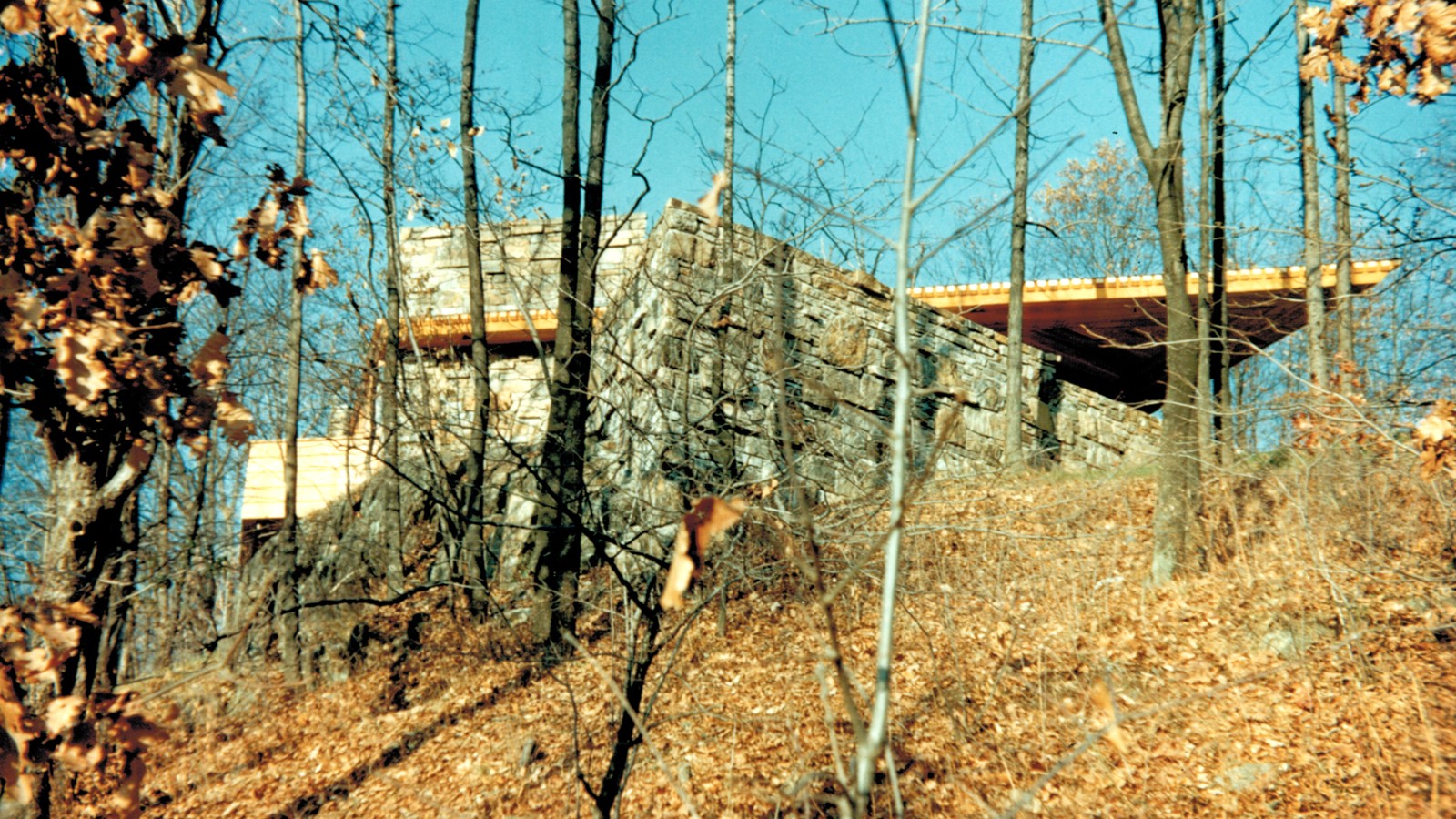
While his designs appear simple, Bye’s descriptions of his efforts reveal his artistic hand and eye. For the Heap Residence in Greenwich, Connecticut, he explained, “Only those plants that have similar textures to the surrounding woods were used. This gives coherence and unity to the landscape scene.” Of a spare composition of limestone outcropping and juniper at the Herring Property in Ridgefield, Connecticut, Bye employed the compositional power of “opposing forces,” stating, “Ounces against tons; white against dark grey-green; animate opposing inanimate, the temporary opposing the permanent.” His consistent design goal was to achieve a sense of timelessness, both by making natural processes integral to the design (for example, allowing dead trees to decay), and by employing an aesthetic that would never seem dated. Bye’s work is not identifiable as part of any single historical design style but incorporates elements of abstraction, minimalism, and ecological concern.
While his office undertook some public and business projects, Bye’s greatest influence was in the area of residential design. He preferred the creative freedom of working with a homeowner rather than with bureaucracies. He counted as clients many wealthy Americans, including Leonard Lauder, John R. Gaines, and George Soros. With these clients and throughout his work, Bye consistently focused on nature’s processes and beauty. In 1965, ahead of his time, he recognized a bog on the Stein property in New England as a landscape amenity, and subtly enhanced its features. That same year, the solution to a drainage problem at the Soros residence in Southampton, Long Island, led one of his designers, Peter Johnson, to create undulating grassy mounds punctuated by existing bayberries, elegantly revealing the natural process of snowmelt. In the late 1980’s, after Janis Hall had been designing and sculpting landforms and working with shadow play on mounded earth in a number of projects, Bye engaged in new sculptural grading work, as well. The Gaines residence and Gainesway Farm in Lexington, Kentucky (1974-1986) included a ha-ha wall that Bye swiftly conceptualized on an envelope, then labored onsite for two months sculpting. He took pride in arriving at a design concept “in two or three seconds,” then, rather than developing the design through drawing, he went straight to the site. There he physically sculpted the land and placed the plants in situ to derive his desired visual effects. Plan drawings, if created at all, were often rendered after the fact to document the design as implemented.
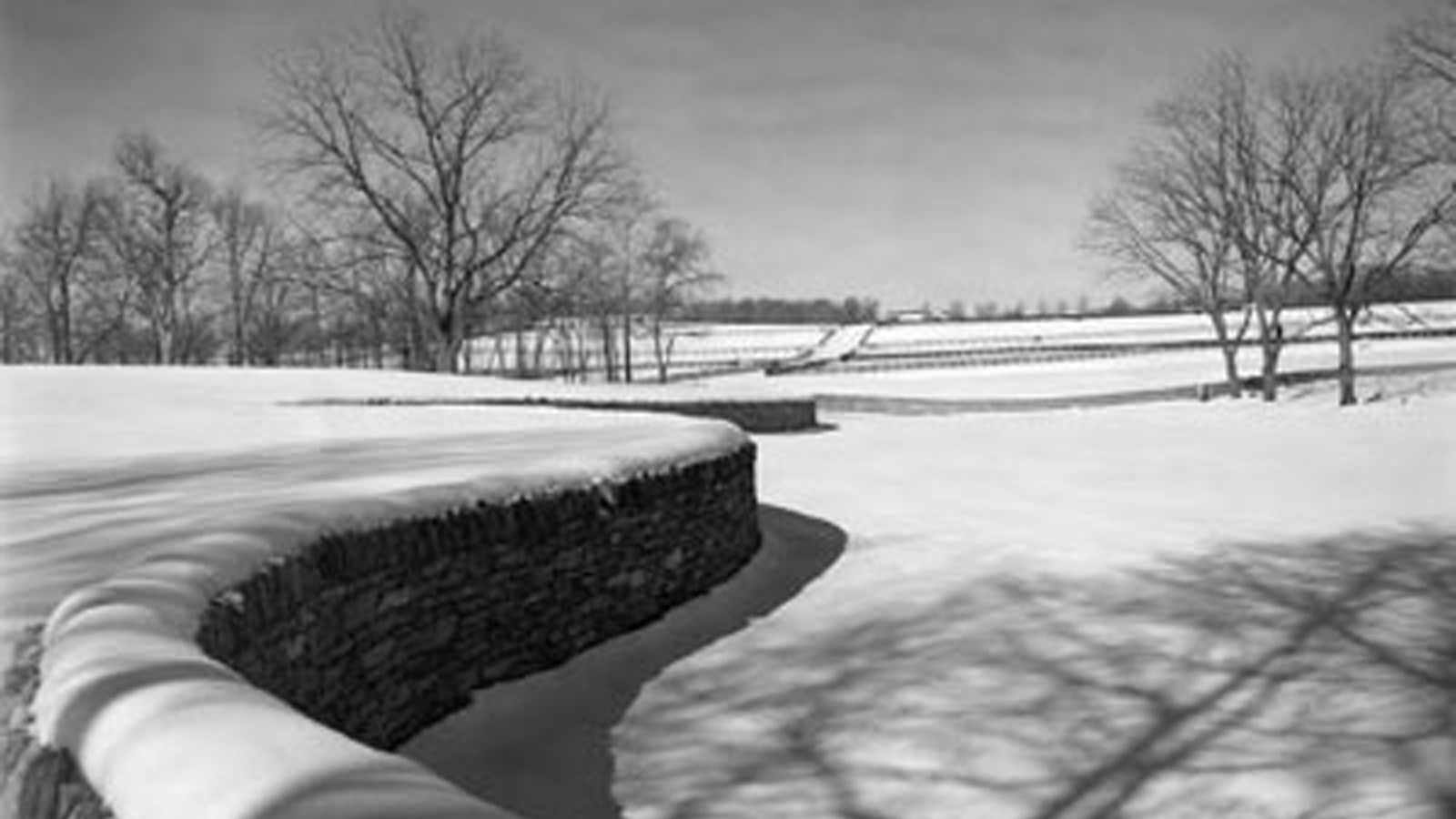
Bye made the extent and significance of his private designs accessible to the public and profession through his book, Art into Landscape, Landscape into Art (PDA Publishers in 1983, 1988), which displays his lifelong interest in landscape photography. Bye used this medium to record sources of design inspiration, document his projects, and capture landscape “moods,” an interest that traces back to Hubbard and Kimball’s textbook. In 1999, Bye published Moods in the Landscape, a marriage of his photography with brief statements on the emotive qualities he found in landscapes around the world.
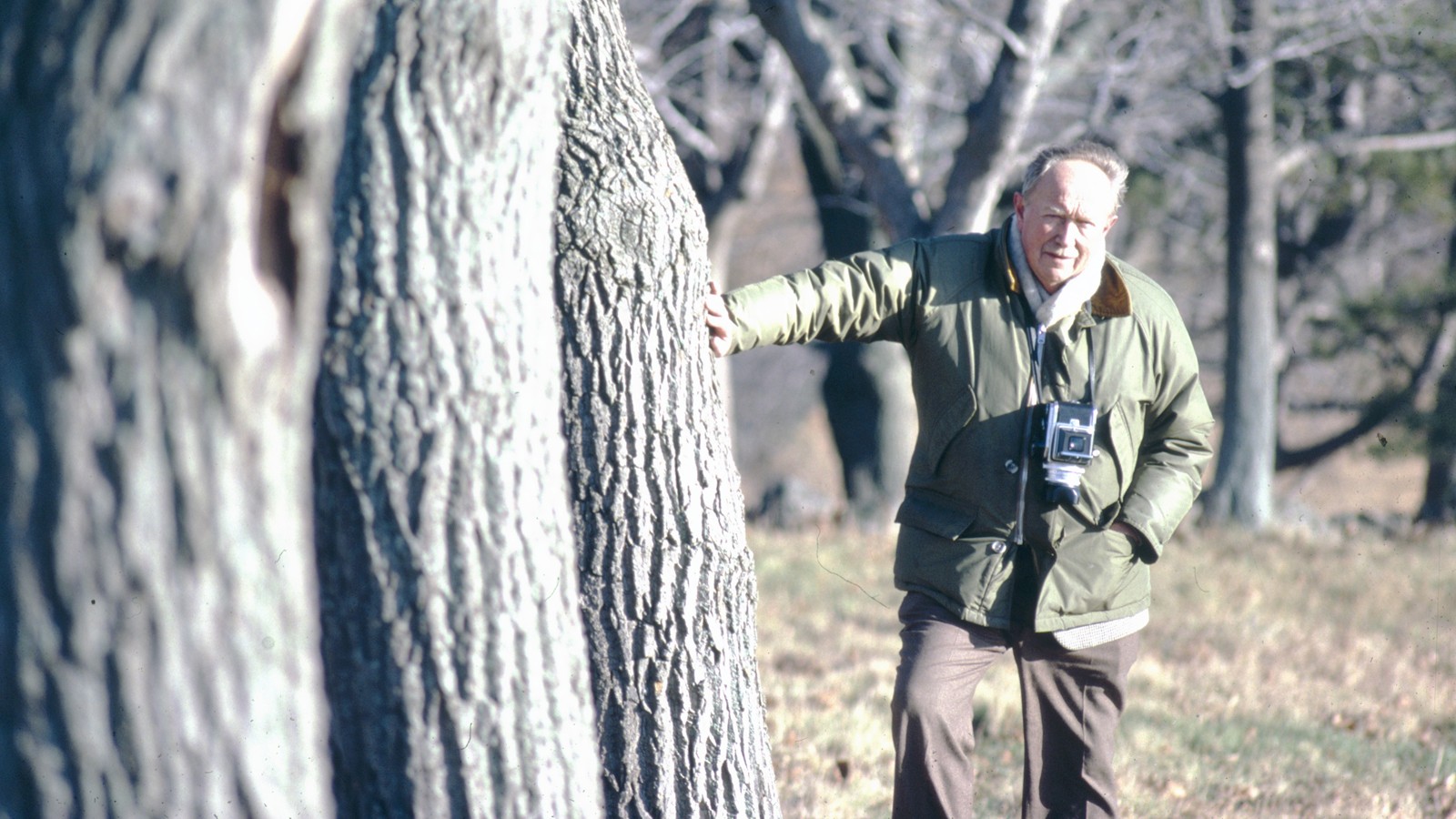
For much of his professional life Bye was an adjunct professor at Cooper Union in New York City. He also taught at Columbia University and the University of Pennsylvania and lectured at universities nationwide. Bye became a Fellow of the American Society of Landscape Architects in 1993. He died on November 25, 2001. His New York Times obituary remarked on his “. . . naturalism so artful that students said he knew how to make snow fall where he wanted.”
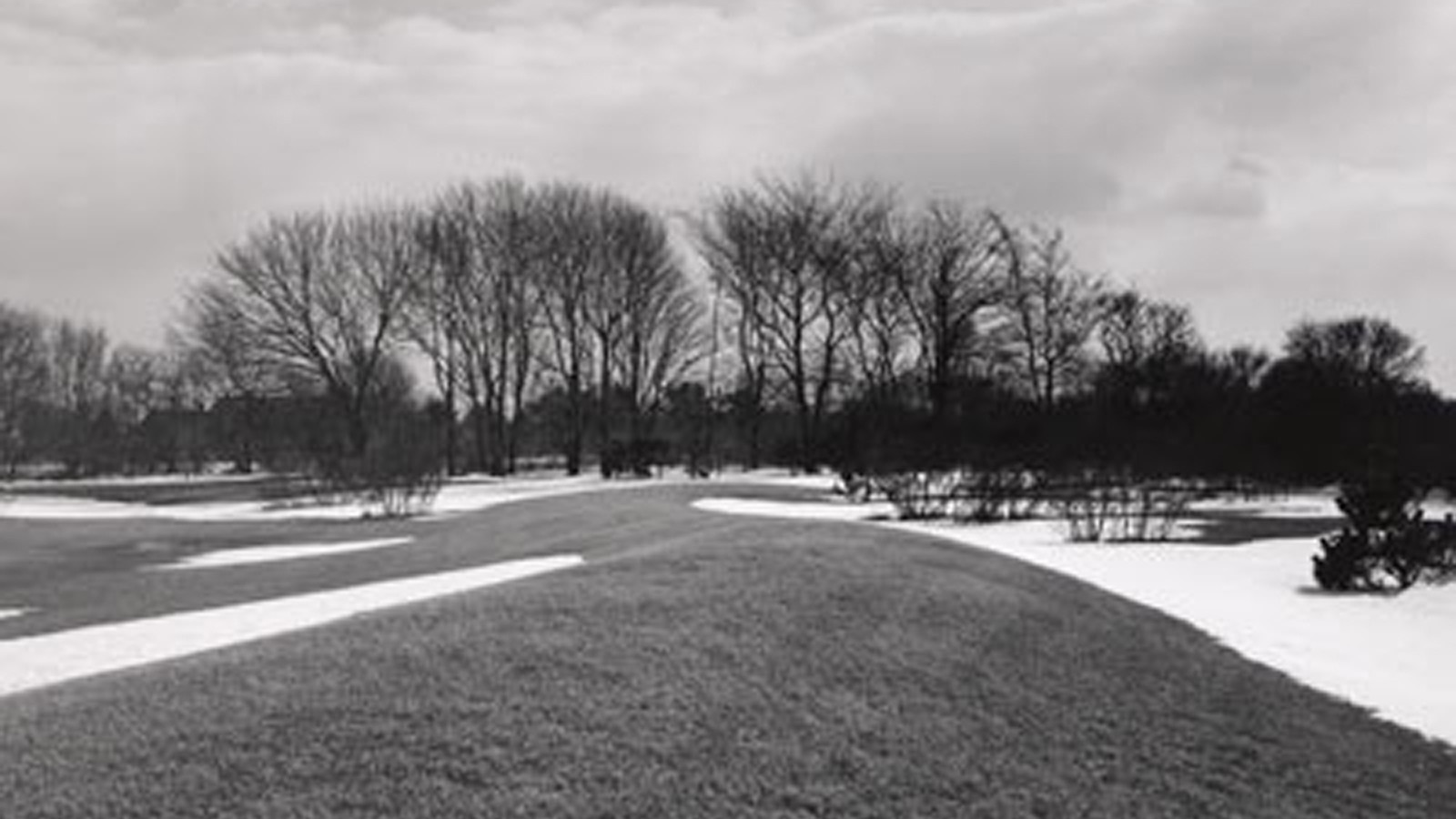
Bibliography
Bye, A.E. Art into Landscape, Landscape into Art. Mesa, AZ: PDA Publishers Corporation, 1983. This book stands as the most complete record of Bye’s work, presented as he wished it to be seen through his own photographs, brief text descriptions, and an occasional plan. The book also includes his philosophical statement and a list of references on a variety of Bye’s design projects. A second edition (1988) adds two projects, one of which was designed by Janis Hall, as well as some color photographs.
Howett, Catherine, ed. Abstracting the Landscape: The Artistry of Landscape Architect A.E. Bye. University Park, Pennsylvania: Department of Landscape Architecture, The Pennsylvania State University, 1990. Exhibition catalog for a traveling interpretive exhibition, presenting five essays on facets of his work: one on Bye’s photography; one each on his link to the English Landscape School, to Modernism, and to the Ecological Aesthetic; and one essay citing sources of inspiration.
Rainey, Reuben. “The Landscape Artistry of A. E. Bye.” Princeton Journal: Thematic Studies in Architecture: Landscapes 2, 1985: 114-123. This article presents an excellent analysis of Bye’s design approach, identifying four consistent themes: respect for regional landscape character; design composition through abstraction of natural conditions; understanding of the relationship between building and site; and use of mood in the landscape.



